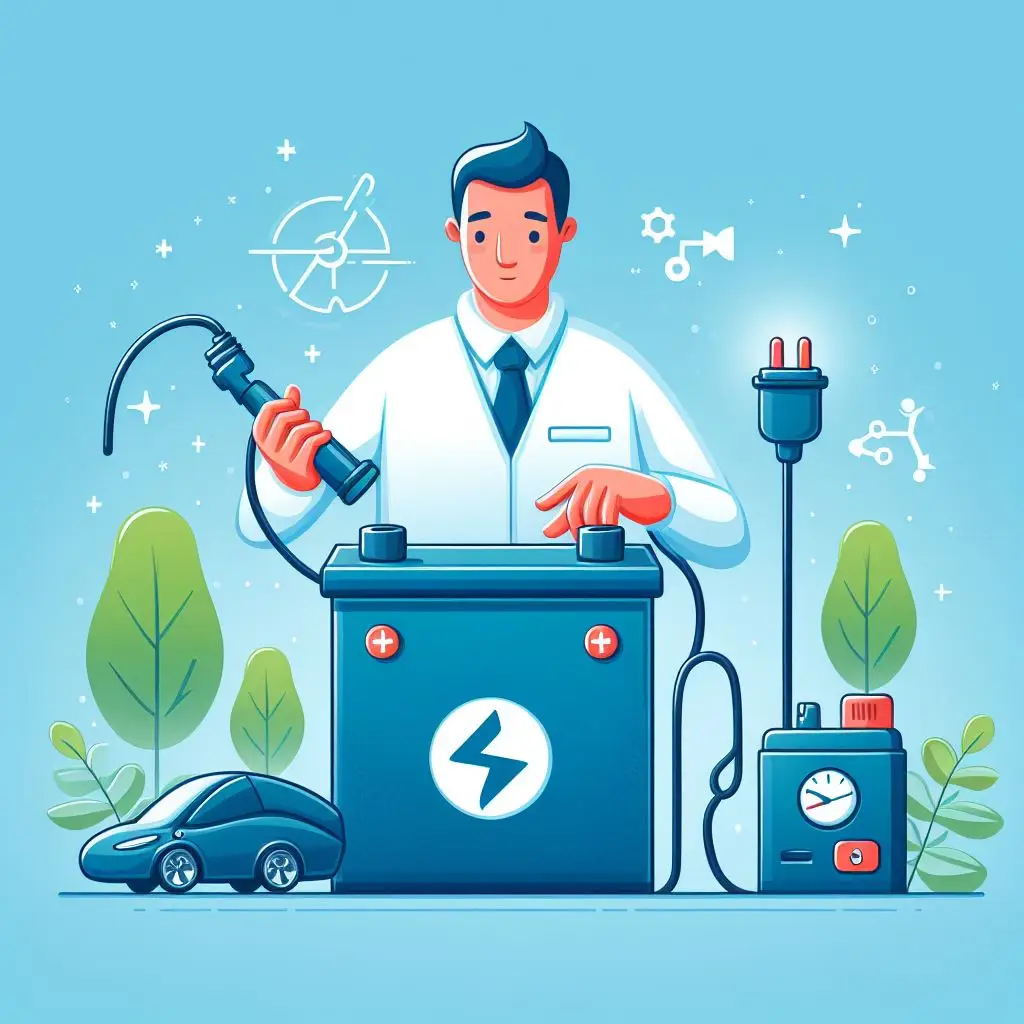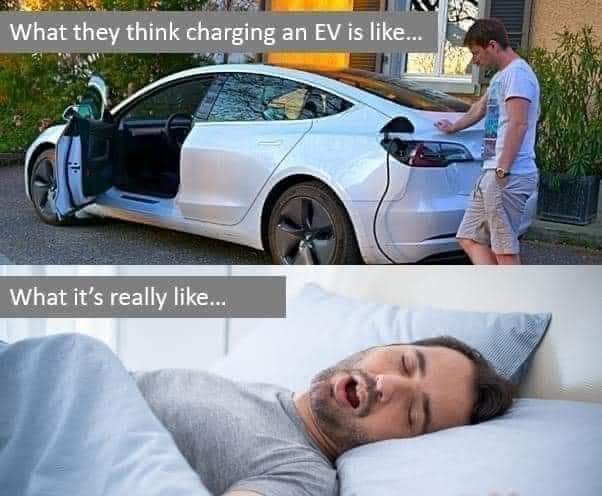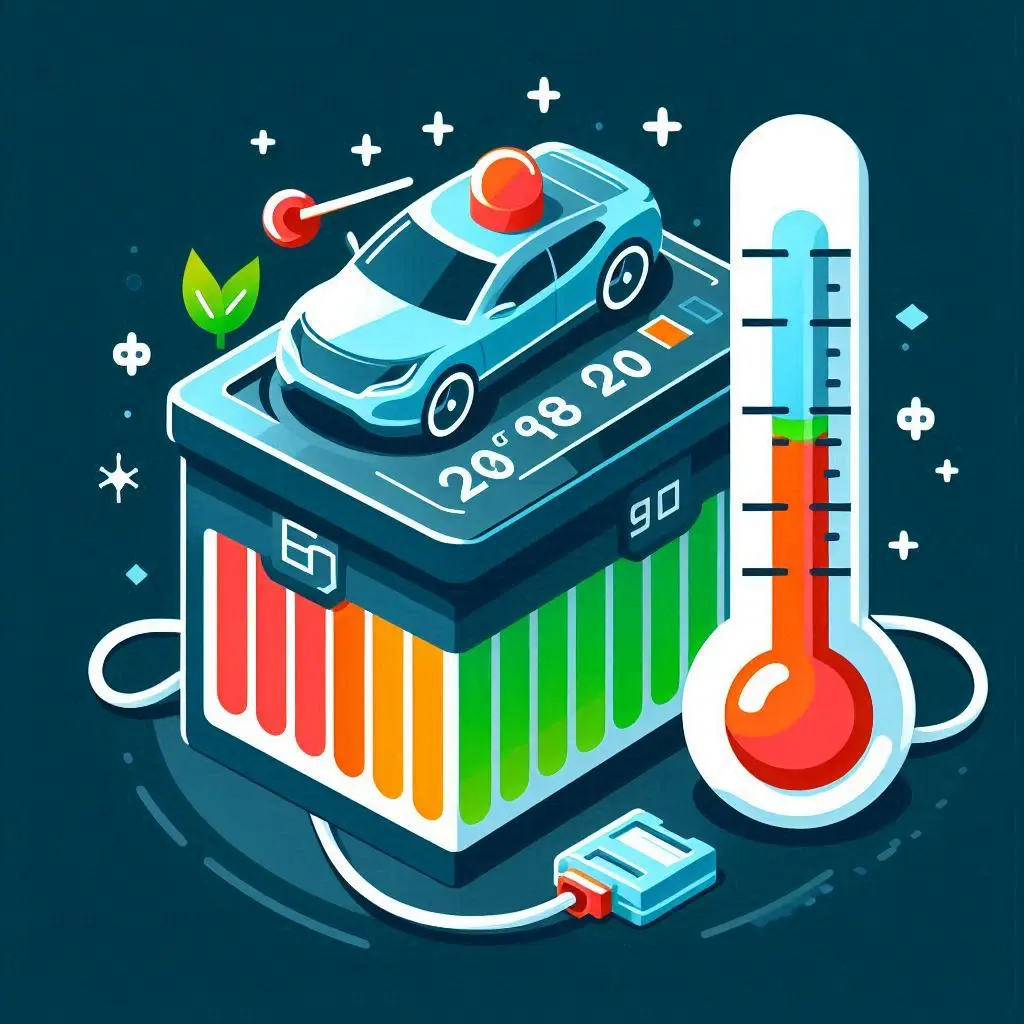Four Common EV Battery Mistakes to Avoid
As an EV owner, you’re likely aware of the importance of maintaining your vehicle’s battery health to ensure optimal performance and longevity. However, even with the best intentions, you may be making mistakes that can compromise your battery’s lifespan. From improper charging habits to neglecting regular software updates, there are common pitfalls that can affect your EV’s overall performance. By understanding these mistakes, you can take corrective action to maximize your battery’s potential and get the most out of your electric vehicle. I’ve only done 25,000km, but so far these tips seem to be working as I’ve had zero degradation. Here’s my 15,000km report on the battery health in my Kia EV6.
Note: If you’re looking for information about the 12V battery, rather than the high voltage traction battery, you can find an article here; Why does my EV need a 12V battery?
Overcharging or Draining
The rule of 30/80 is a simple one to follow. Batteries like to be within the range of 30% to 80%. Ever wonder why your phone battery dies after only a couple of years?
When you let your phone go flat all the time, then pump it up to 100% ready for the next day, you’re putting strain on your battery. Don’t make this EV Battery mistake
The smaller the range, the better battery life you will get. My daily commute and running around lets me charge to 80% each night, then deplete the battery down to about 60%, maybe as low as 45% on a big day running around after the kids before and after work.
This sort of usage keeps me in the Goldilocks zone for the battery. Of course, there are occasions (like the night before road trip) when I charge to 100% and I’ve been caught out a few times going lower than my planned 30% on a road trip. These exceptions don’t cause any long lasting issues, but they should remain as exceptions.
Getting your battery right down low every now and then, and charging to 100% occasionally might even be good for the car. Just don’t make a habit of it.


Overuse of Fast Chargers
AC charging has a few unique benefits unrelated to battery health.
- You get to sleep overnight while your car charges,
- No more trips to the petrol station on the way home from work, saving time and inconvenience.
- You can take advantage of off-peak rates between midnight and 6am to save even more on your “fuel” costs.
Not looking after your vehicle
The dealer or service mechanic should make sure fluids are topped up, or replaced as necessary. This will include the battery coolant, which is a critical component for battery health.
Here’s a breakdown of the effects of extreme temperatures on your EV battery:
| Temperature Range | Effects on EV Battery |
|---|---|
| High temperatures (>90°F/32°C) | Accelerated degradation, reduced range, and increased risk of overheating |
| Low temperatures (<32°F/0°C) | Reduced range, slower charging, and increased energy consumption |
Temperature Extremes
Obviously there’s not much can be done about the weather. Having said that, there are things that you might be able to do. Keeping your car in a garage or undercover can improve conditions, especially keeping the car out of the hot sun .
When it’s hot or cold is NOT the time to overcharge or to drain your battery. Doubling down with both charging stress and temperature stress is clearly not a good plan. As an added bonus, your paintwork will last longer if not left out in the blazing sun all the time.
To wrap up – keeping your EV battery in top health
Maintaining your EV isn’t that different to your petrol or diesel car. Common sense prevails, as always. We’ve pointed out some of the most common pitfalls that can compromise the performance and longevity of your EV battery. By being mindful of these mistakes, you can ensure your vehicle operates at its best. Be mindful of, avoiding extreme temperatures, keeping your battery level between 30% and 80% when possible, and updating your car’s software regularly are crucial. Additionally, refrain from overcharging, excessive rapid charging, and ignoring warning signs of battery degradation. By following these guidelines, you’ll be well on your way to maximizing your EV’s battery life and overall driving experience.


